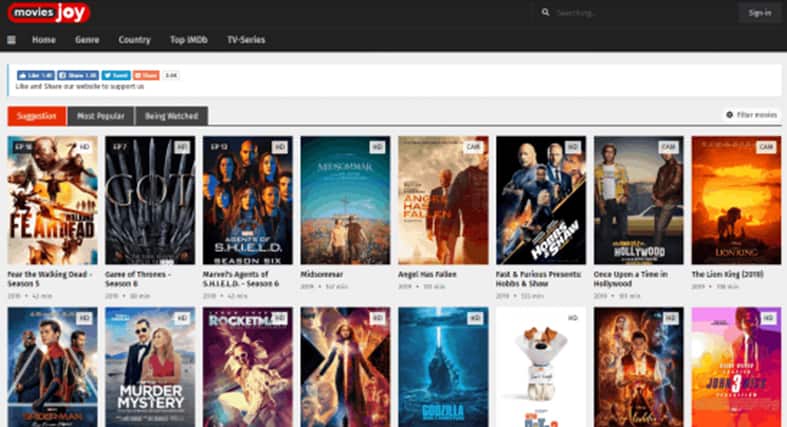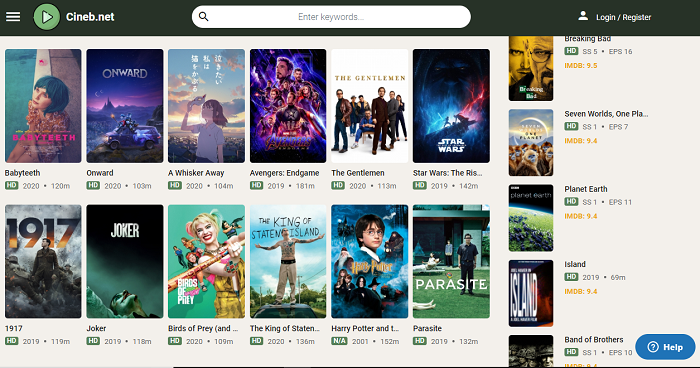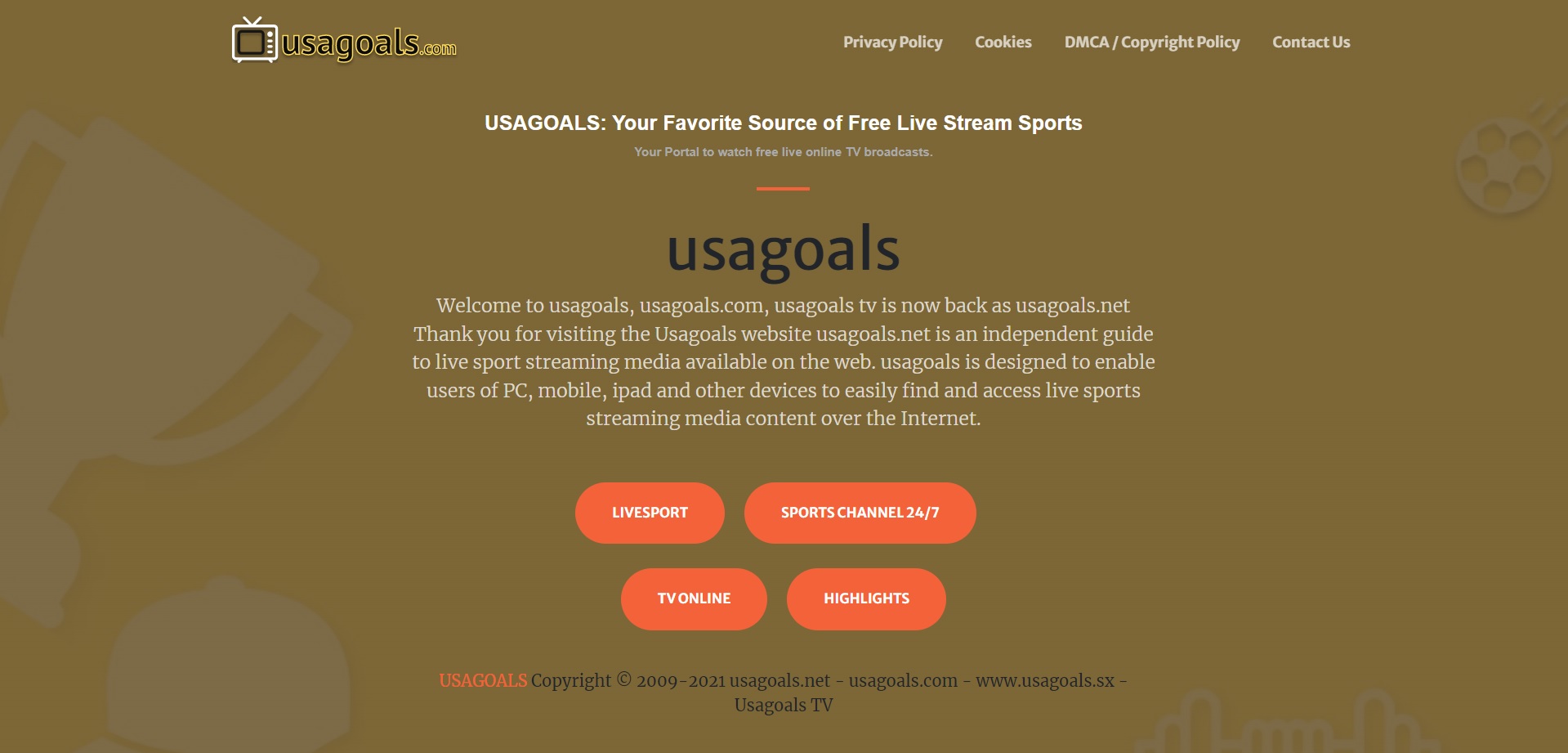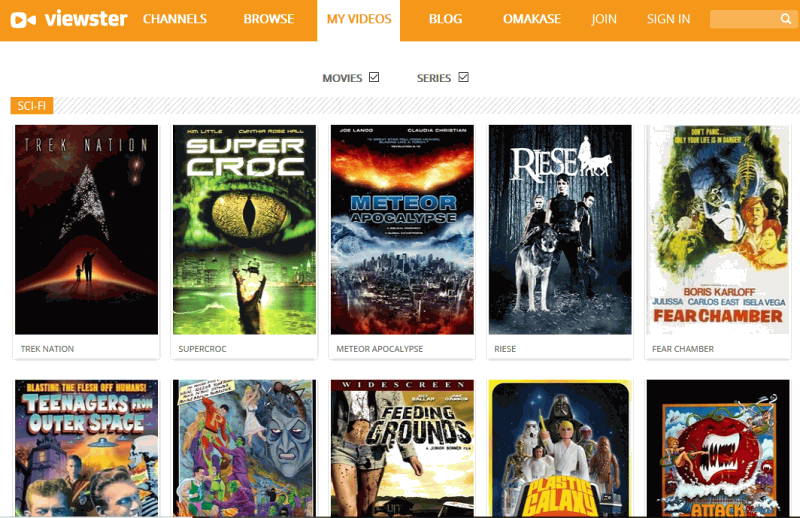Trends are more or less dictated by the shifts in consumer behavior — as well as deeper elements such as changes in SEO, CTRs, and reach/impressions. This past decade also brought a surge in the awareness of the importance of digital marketing and doing it correctly.
2019 is the year that will close off a decade of big trends when it comes to digital marketing.
In the digital earlier days — more was — well, more. Personal and professional brands were joining social networks just to join, post as much as possible, and use as many hashtags as possible. Then there came the “tag as many people as possible” craze. Marketing would churn out a lot of blog posts that use as many keywords as they could, repeating them over and over again, and inserting as many links as could fit.
Did it look good? No. But did it work? At the time — yes. It was how most digital marketers essentially garnered rights to the system. It was how digital marketers managed to hit their target numbers, albeit at the cost of real user sentiment.
Those days are long gone. You would be in for a rude awakening if you continue to follow the “more is more” mentality.
Social networks will now either limit your reach or even freeze your activity. If you exceed specific rates within specified time frames — now, it is a problem. Email domains now stop you if you try to exceed certain limits within an hour — or get too many bounces while sending email blasts.
Less has officially become more. The name of the game is quality over quantity, and working the system instead of gaming the system.
Now is the time for entrepreneurs, online marketers, and digital marketing project managers alike to be aware of the trends to let go of — and the trends to follow, in 2019.
Let Go: 350-500 word blog posts.
I know what you’re thinking — crazy, right? Isn’t shorter, easy-to-digest content the way to go?
Not anymore, and this is primarily due to changes in Google’s algorithms and increased competition. The sweet spot (concerning word count) is now between 1,000-5,000 words.
In considering your word count, it doesn’t mean you can get away with adding fluff to shorter posts. It is essential to consistently publish content that is high-quality, full of insights and provides actual value.
In the words of Internet Marketer Neil Patel, “Create content that teaches. You can’t give up. You need to be consistently awesome.” Doing so would get you more shares, provide better SEO, position your brand as an authority, and of course, increase conversion rates.
Let Go: Too many tweets.
Those of us that have done digital marketing since the early days of Twitter can reflect fondly on the times when tweeting every 15 minutes brought on the numbers, but that is no longer the case. It’s no longer one-size-fits-all.
Depending on your industry, prospects, and goals, you would have to conduct a series of test to determine which technique(s) work best for your brand. You may need to focus solely on replying to the tweets of others, or tweet a mix of industry news with personal insights. Sharing media, such as branded images and usually original videos.
Let Go: Intrusive messaging.
As difficult as it may sound, it’s important to take your marketing cap off every once-in-a-while, and view things from the perspective of the user.
Users don’t appreciate mobile pop-ups that are nearly impossible to exit out of.
Even Google started penalizing sites that make use of “problematic transitions.” On the social front, don’t be intrusive by connecting with a slew of people/brands, only to immediately message them with a sales promotion.
These “blasting” messages aren’t viewed as being in good taste, and if anything, is a great way to get yourself/your brand blocked. Subtlety is key, and it’s important to put effort into nurturing relationships instead of just making sure as many eyeballs see the message as possible. As the saying goes, “We have two ears and one mouth so that we can listen twice as much as we speak.”
Follow: Growth or marketing?
When asked about what’s holding companies back from growing faster, Michael Lisovetsky, a co-founder of digital marketing agency JUICE, said that a lot of companies confuse growth and marketing, often lumping them into one category which tends to make marketers go off-course.
Lisovetsky claims that marketing is about “how you’re talking about your product, and how you’re exposing more people to your product or service.” On the other hand, growth is where you’re “running a set of experiments, and you’re looking at the entire funnel. From the point that a customer sees the product, to the point that somebody checks out- how do you affect every single step there, and increase the likelihood that someone will follow through?”
The key is to know when to make distinctions between the two, and align efforts accordingly, as one size (or process) does not necessarily fit all.
Follow: Content marketing.
In many ways, content marketing is the focal point of numerous other digital marketing strategies. According to the Google dictionary, content marketing is:
“A type of marketing that involves the creation and sharing of online material (such as videos, blogs, and social media posts) that does not explicitly promote a brand but is intended to stimulate interest in its products or services.”
While this may seem obvious to most, what isn’t apparent is the need to stay up-to-date on the best practices of the moment, and be open to a series of A/B testing. Some of the significant recommended content marketing tactics include:
- blogging meaningful long-form content (including guest posts, and content syndication)
- hosting podcasts/webinars
- video creation and marketing.
Follow: Omnichannel marketing.
Omnichannel marketing is not to be confused with multichannel marketing. In the case of multichannel marketing, all channels (web, mobile, social, etc) are available to the customer. The channels themselves are not integrated. With omnichannel marketing, all channels are open to the customer, and the channels themselves are connected have a look ONMA.
Omnichannel provides a consistent communication process and helps prospects move through the funnel even faster. For instance, their first touchpoint may be a paid promotion, which leads them to your blog, which then leads them to explore your website and product offering.
As you can see, many of the basics of digital marketing are still expected to be in practice, only in a more strategic and amplified manner.
It’s crucial for all entrepreneurs and digital marketers to keep up with these trends, especially concerning all the time and resources that go into digital marketing efforts. 2019 is the year to look in the direction where digital marketing is headed, and work your particular marketing magic accordingly.
To set you off with your digital marketing journey, check different strategies on how to start your digital marketing agency and be the best marketer you can be.








Add Comment